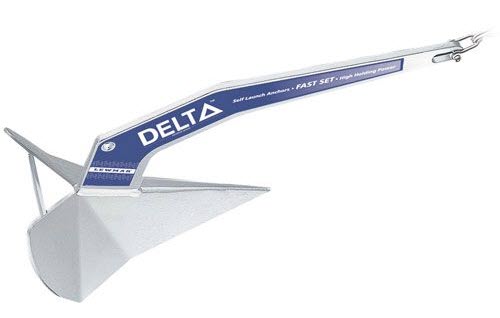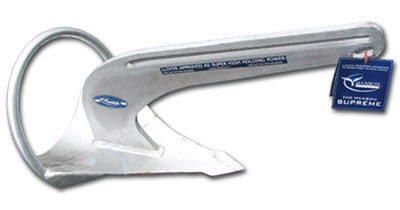Parents of young children know to be suspicious when things are too quiet. It’s a good indicator that something is up. This blog has been quiet for a while now and something is indeed up. We haven’t had much time to spare for the blog recently because we’re busy gearing up to leave the marina.
I almost wrote “gearing up for the next cruise”, but that didn’t seem quite accurate. A cruise implies (to me) a short duration and a round trip. Although I’m sure we will always return to Florida, we aren’t currently planning that return. In fact, we aren’t planning much at all. The longer we do this, the more we realize that plans are overrated. Instead we have goals, parameters, expectations, contingencies, and lots of wiggle room.
So without further ado, our goals are (roughly) to experience some early American history, get hauled out for a bottom job, have secure options for hurricane season, and maintain good access to airports and high-speed Internet. It sounds like the US East Coast to me.
For parameters, the Dry Tortugas are a must stop. The trip as we conceive it doesn’t include a lot of clean water to enjoy, and the kids are really excited to return there. We have to go around Key West anyway, so the Tortugas aren’t really out of the way. And we couldn’t go past Marathon without stopping to see friends there.
Our bottom paint is almost three years old now, which is well beyond its effective life. Our two closest haulout options are both rails, and after our last rail experience we would really prefer a lift this time. Lauderdale Marine Center is the closest lift. We’ve hauled there before and it is a great yard, but it is far from convenient and very expensive. The next one that can handle our beam is in Fort Pierce, so that’s on the itinerary.
From there, Tanya and I are a little bit at odds. Our mast is too tall for the fixed bridges on the Intracoastal Waterway, so it will be an offshore trip. If we’re heading to the Chesapeake, my preference is to get on the Gulf Stream express and go. Tanya wants to stop in several places, which isn’t really conducive to using the beneficial current. Plus it introduces lots of inlets to worry about. She’s calling St. Augustine and Charleston pretty much mandatory.
Lastly, we must be back south of Cape Hatteras by November. The Diamond Shoals area off Hatteras is called the “graveyard of the Atlantic” and becomes truly treacherous during the winter weather pattern. I have no desire to spend a winter any farther north than we already are.
Actually getting to the Chesapeake seems like such a challenge we’re really not thinking much yet about what to do there. It seems almost likely that we’ll get waylaid by weather, repairs, or shore life. Will we go to Annapolis, Baltimore, or all the way up to DC? We don’t know.
For as much as we try to avoid marinas, we have a feeling that the trip will see us in one or another for much of the time. Of course there is the convenience to shore life afforded by a dock, but we’re also expecting it to be damn hot and want to run the air conditioning. We’re kind of used to damn hot, having spent a summer in the Keys, but we’re assuming the breeze is not as consistent as it is in the Keys. We’re also expecting the water won’t be swimmable, which will seriously curtail the water- and beach-related activities we enjoyed in the Bahamas.
So there it is. The cat’s out of the bag. The ice is broken. We weren’t intentionally withholding the information, but we don’t share every little whim lest we seem… whimsical. But I think there’s reasonable probability that we’re actually going to do this, and I’ve sufficiently hedged on expectations.
Our original target departure date was April 1, but that clearly didn’t happen. We have boat projects still underway and want to maintain continuity with our current contractors. So we’re delayed a couple weeks. We'll also want to do a good systems test locally before setting off for the Tortugas. With the intended travel plans, we don’t really feel compelled to load the boat with supplies and extra gear, but that is happening anyway. I’ll have another post later with all the cool stuff we’ve done to the boat this past year. Hopefully the posts will start flowing again.



